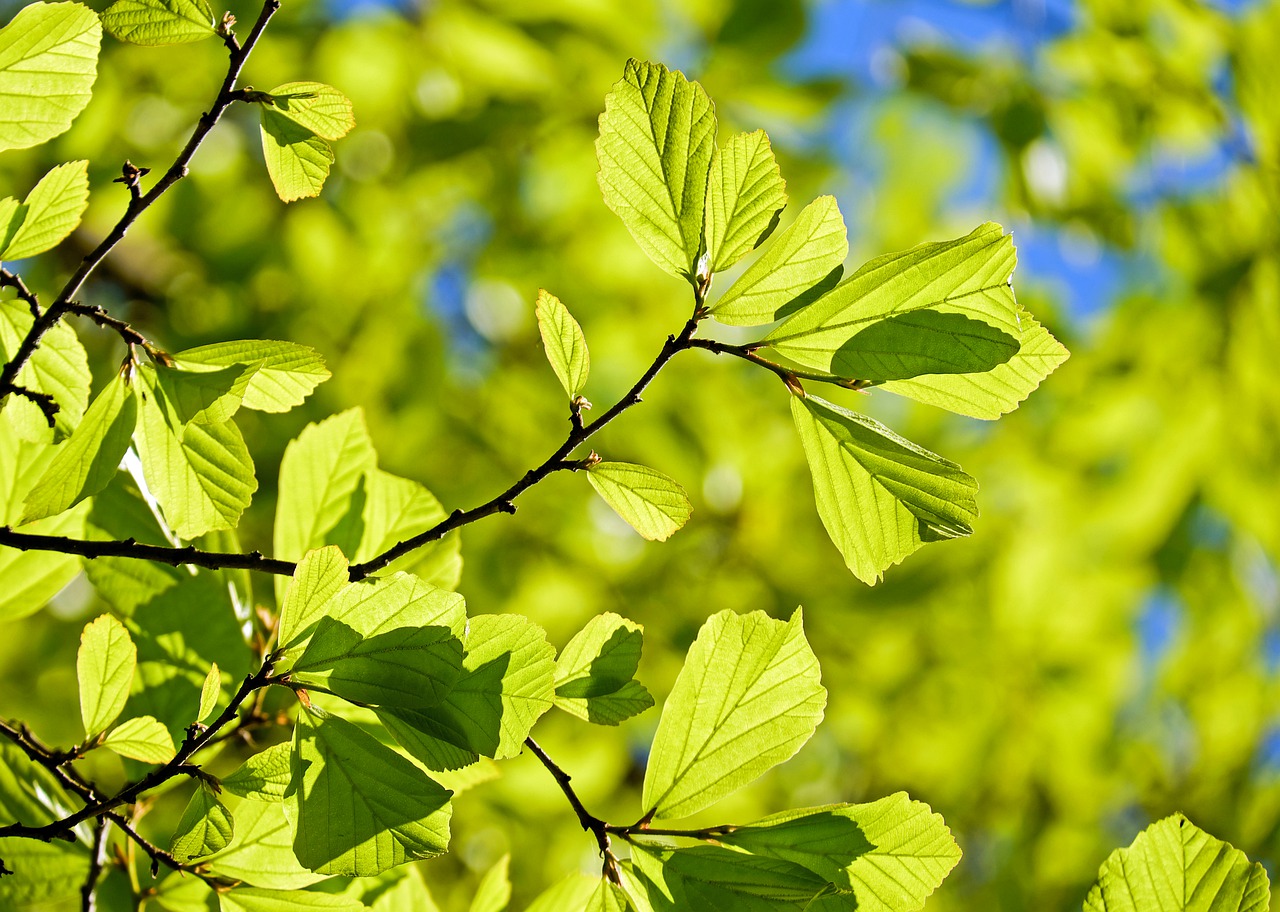Why are the leaves green?

How the complex mechanism of chlorophyll photosynthesis works. Luca Longo's in-depth analysis
We know that excess carbon dioxide (CO 2 ) in the atmosphere is the main cause of climate change . We understand that the Earth is warming because in the last century or two we have burned a lot of fossil fuels that had taken hundreds of millions of years to form and accumulate in the bowels of our planet.
Thankfully, hordes of ferocious CO 2 hunters exist on the surface of the Earth who spend their lives mercilessly capturing carbon dioxide. Like Robin Hood, they break it apart, release some of the oxygen and reassemble what's left, a little water and a pinch of other substances to produce seeds, fruits, leaves and other good things.
For about two and a half billion years, plants – our CO 2 hunters – have been able to accomplish something that all animals on Earth have not yet learned to do. Including us, self-styled homo sapiens sapiens , who in recent (geological) times have been dominating the planet.
The trick is in photosynthesis, a rather complicated mechanism that allows tiny specialized organelles on leaves – the chloroplasts – to convert sunlight into energy. The photons coming from the Sun that manage to overcome the barrier of the atmosphere have a wavelength between 380 and 750 nanometers (nm; a nanometer is one billionth of a meter). The region of the solar spectrum that plants are able to exploit for photosynthesis ranges from 400 nm (blue) to 700 nm (red).
Unlike animals, plants use the sun's rays of the right wavelength to excite some electrons in special molecules. The energy of the Sun converted into the excitation energy of these electrons undergoes numerous other chain transformations and eventually allows the production of carbohydrates. These carbohydrates can be sugars, starches, cellulose, lignin and glycogen.
In practice, plants use the sun to build order from disorder . They convert disordered substances (carbon dioxide dispersed in the atmosphere, water and a handful of other elementary substances scattered in the soil) into highly ordered structures capable of storing a lot of energy within their chemical bonds. Thanks to this kindness on the part of plants, when we need it we can burn the energy contained in sugars and starches to make sweets and pasta or burn cellulose and lignin to build wooden objects or to warm ourselves in front of the fire. Of course, when we are craving a steak, egg or milk, we can also use these concentrated stores of energy to raise animals. And let's not forget that the by-product of all this plant work is precisely the oxygen that allows us to breathe!
All plants – from clover to oak – use two special molecules capable of interacting with light to do photosynthesis: Chlorophyll A and Chlorophyll B. Green algae work almost the same way, while red algae use – together with 'omnipresent A – also Chlorophyll D instead of B. Finally, brown algae prefer Chlorophyll C.
These different molecules are built to work best when hit by light rays of a precise color, ie by electromagnetic waves of a certain wavelength range.
In particular, the A absorbs light around 435 nm (blue violet) and 670-680 nm (red). Instead, the B prefers to work with the wavelengths 480 nm (blue) and 650 nm (orange). In addition to chlorophylls, carotenoids and lycopenes also contribute to the absorption of visible light – especially in the green area – the former are responsible for the orange of carrots while the latter make tomatoes red.
Thus, taking into account all the components, plants absorb violet-blue and red-orange light, while they are unable to use light in the yellow and green wavelengths. All yellow-green light rays are thus reflected by the leaves.
That's why the leaves are green!
But it doesn't stop there. We'll talk about it in a week.
(1. continue)
Article published on eni.com
This is a machine translation from Italian language of a post published on Start Magazine at the URL https://www.startmag.it/energia/perche-le-foglie-sono-verdi/ on Sat, 27 Feb 2021 06:20:25 +0000.
